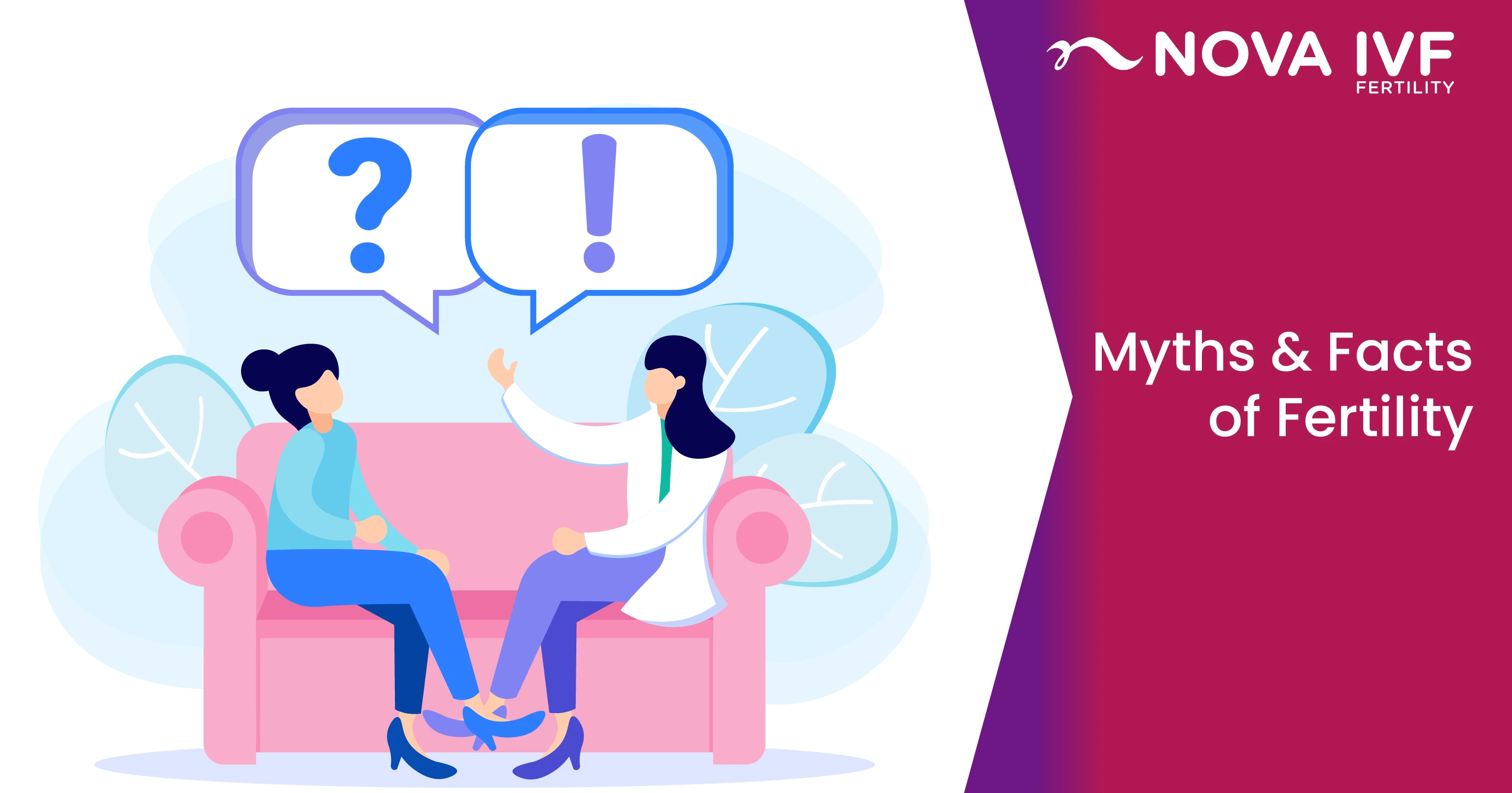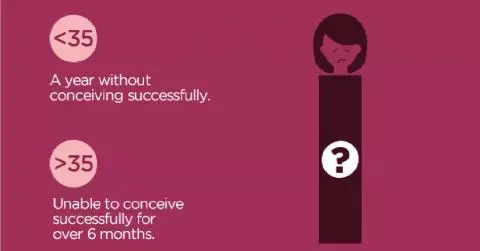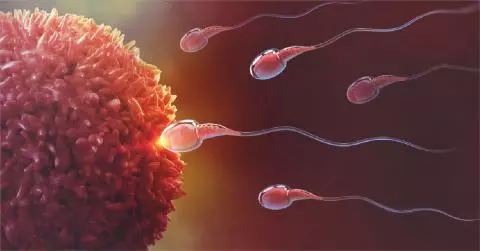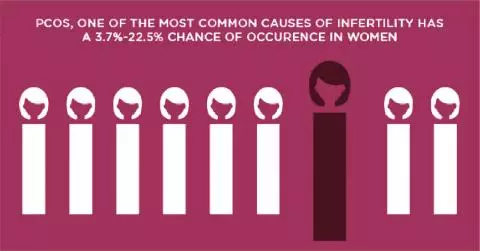Preimplantation Genetic Screening: What You Need to Know
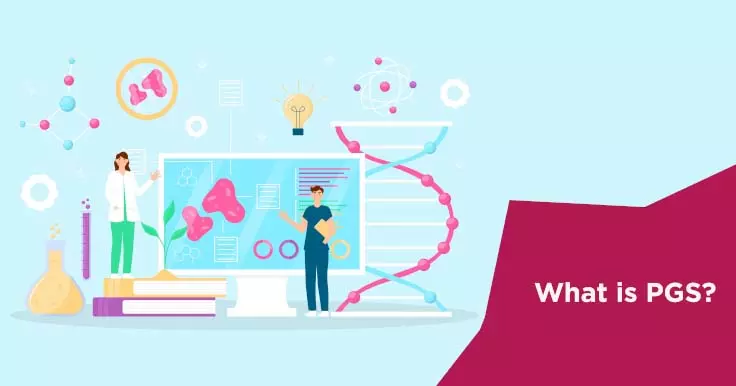
Pre-implantation Genetic Screening (PGS) is a technique to assess the karyotype (chromosome number) of the embryos. It aims to detect embryos with normal chromosome complement for embryo transfer and exclude the transfer of aneuploid embryos.
What are the Indications of PGS?
Below listed are the indicators of PGS:
- Advanced maternal age (>=38 years, >=40 years)
- Prior pregnancy/child with chromosomal abnormality
- Recurrent pregnancy loss (>=2 miscarriages)
- Multiple implantation failures (>= 2 IVF attempts)
- Severe male factor infertility
Steps Involved in Pre-implantation Genetic Screening (PGS)
Step 1 - Ovarian stimulation
The first step in this procedure is stimulation of the ovaries using hormonal injections, to produce multiple eggs. The injections are usually started on the second day of the womans period after a baseline ultrasonography and have to be taken daily for about 10-12 days. During these 10-12 days, sonography is done every 3-4 days to monitor response. Once the follicles are of appropriate size, trigger injection is planned.
Step 2 - Collection of Eggs
The next step is egg retrieval, which is done in the operation theatre with ultrasound guidance and under anaesthesia. After retrieving the eggs, the embryologist checks the total number and maturity.
Step 3 - Insemination
After the egg retrieval, fertilisation of the eggs can be done in 2 ways:
- In Vitro Fertilisation (IVF) - sperms and eggs are placed together in a culture dish for fertilisation to take place (naturally).
- Intracytoplasmic Sperm Injection (ICSI)- a single sperm is injected directly into a mature egg.
Step 4 - Embryo culture
The fertilised eggs (embryos) are allowed to grow in the laboratory in precise culture conditions upto the blastocyst stage (Day5 or Day6). During this period, the embryologist examines the embryo at specific times every day to check for growth.
Step 5 - Embryo Biopsy
Once the embryos have reached the blastocyst stage, the embryologist takes a biopsy (removes a few cells) for testing. Embryo biopsy is a highly specialised technique and only highly trained and validated embryologists can carry it out.
Step 6 -Checking for Abnormalities
After the biopsy, the material is sent to the genetic testing laboratory for PGS.
Step 7 - Embryo Transfer
After receiving the PGS result from the Genetic Testing Laboratory, those embryos which have a normal karyotype are selected for transfer. At one time, only one or two embryos are transferred to the uterus to avoid the possibility of higher order multiple pregnancy.
Other normal embryos can be kept frozen for future use.
Step 8 - Pregnancy Test
The pregnancy test is done 10 days after the embryo transfer.
 Infertility Counselling
Infertility Counselling Female Infertility Treatment
Female Infertility Treatment Andrology Treatment
Andrology Treatment Fertility Enhancing Surgeries - Female
Fertility Enhancing Surgeries - Female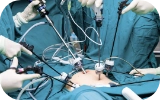 Fertility Enhancing Surgeries - Male
Fertility Enhancing Surgeries - Male Endoscopy Treatment
Endoscopy Treatment IUI Treatment
IUI Treatment IVF Treatment
IVF Treatment ICSI Treatment
ICSI Treatment Advanced IVF Solutions
Advanced IVF Solutions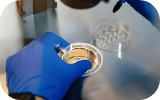 Embryology
Embryology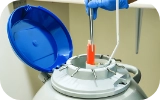 Vitrification Egg, Embryo, Sperm Freezing
Vitrification Egg, Embryo, Sperm Freezing Preimplantation Genetic Testing (PGT)
Preimplantation Genetic Testing (PGT) Donation Program Embryo / Egg / Sperm
Donation Program Embryo / Egg / Sperm Self-cycleTM IVF
Self-cycleTM IVF

 Self-cycleTM IVF
Self-cycleTM IVF